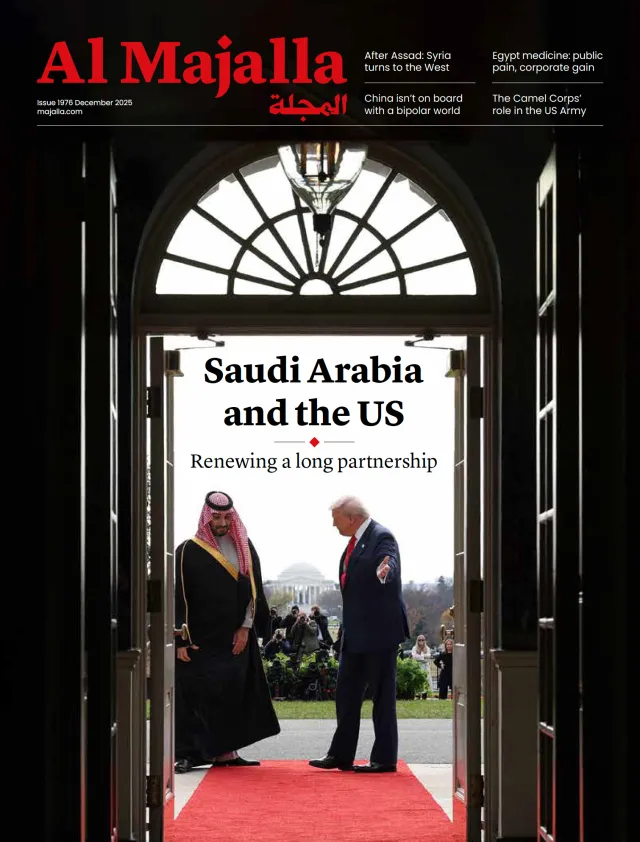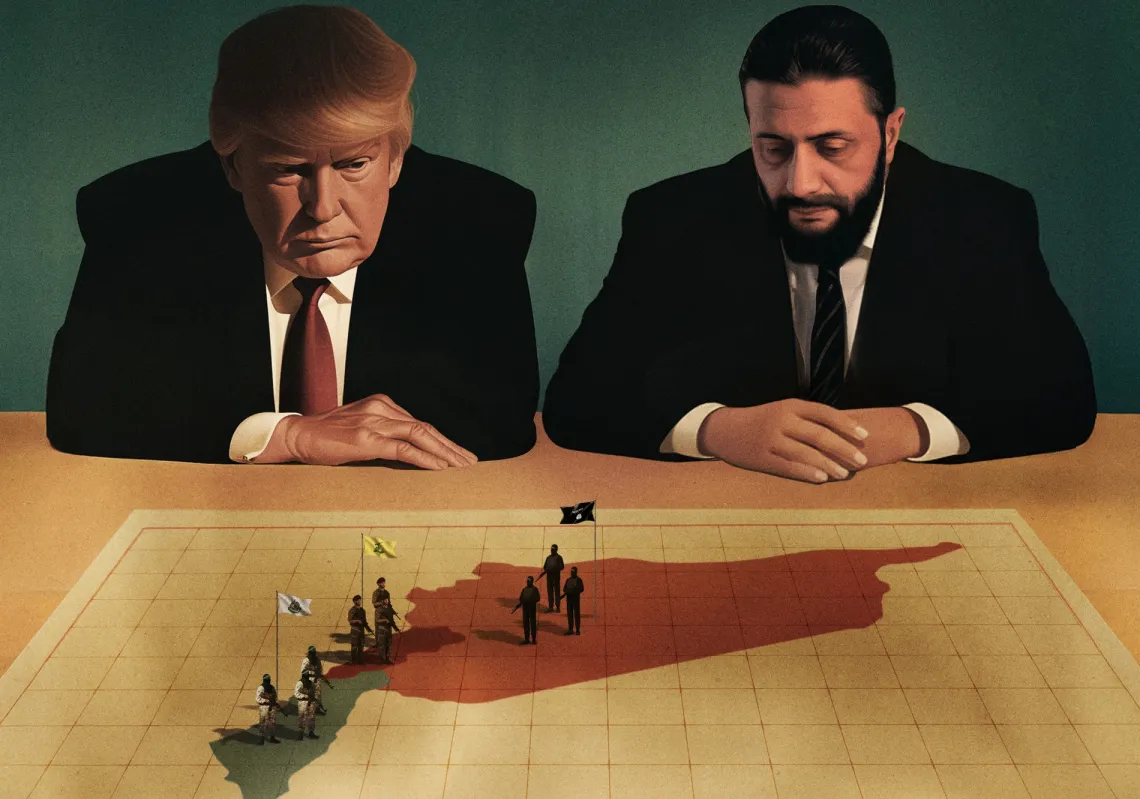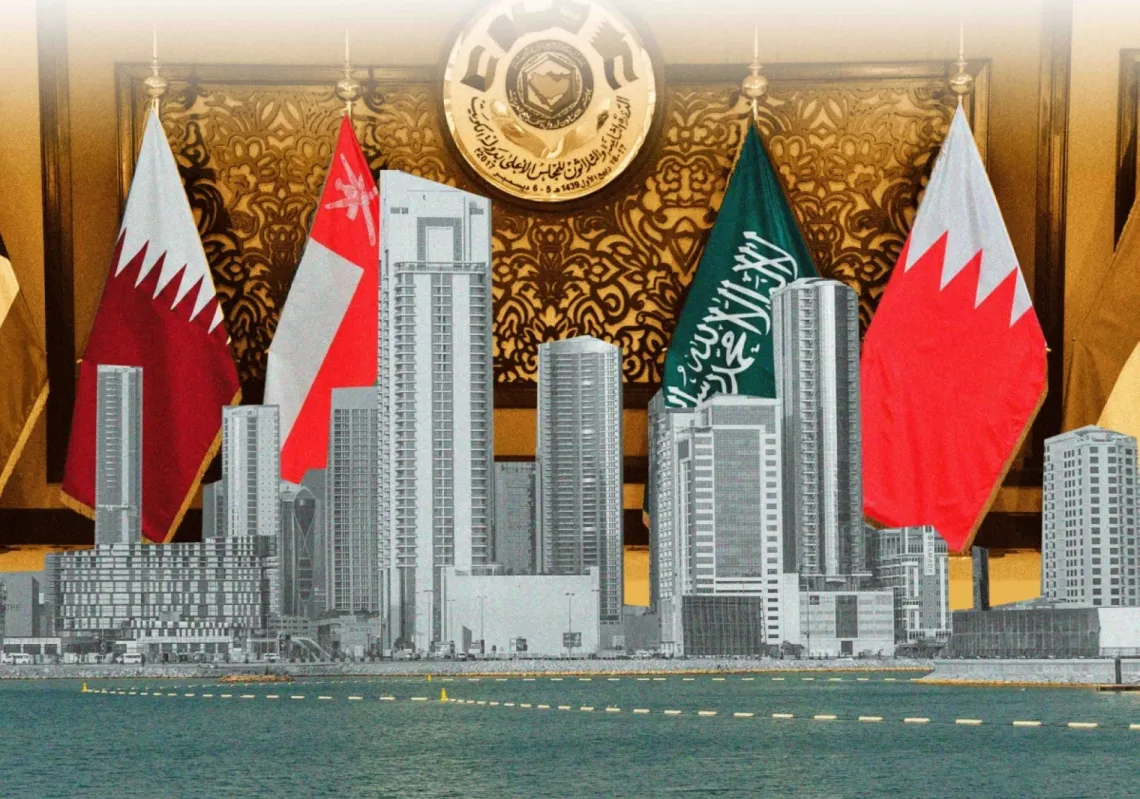On global financial markets, the reaction to escalating tensions in the Middle East and the direct military confrontation between Israel and Iran has so far been contained, following an initial bout of volatility in the main international oil price.
Brent crude jumped to a five-month high of over $78 per barrel, spiking by as much as 13% in a single session, when news of Israeli air strikes first broke. It then eased back to trade in a range between $76 and $77, where it has since remained.
It leaves Brent notably below the multi-year highs it touched over $130 in 2022, when Russia’s invasion of Ukraine roiled markets and higher energy prices sent a wave of upward inflationary pressure around the world.
Clay Seigle, senior fellow for energy security at the Centre for Strategic and International Studies, told Al Majalla: “Only in the case of a significant disruption in the Middle East and the Gulf would oil prices surge back to triple-digit territory. An outage of Iran’s 1.5 million barrels per day in exports alone would not be sufficient to cause such a price spike.”
Global stock and bond markets have also held their nerve, with major indices from London and Frankfurt to New York and Shanghai able to post modest overall gains in steady trade.
There are hopes that this will mean the conflict is contained at the current level of engagement, without either US action and the subsequent risk of Iranian reprisals on American military bases in the Middle East, but investors and analysts are keeping a close watch for any signs of escalation.

Read more: What would happen if Iran closed the Strait of Hormuz?
Strait through
There had been concerns that Iran might attempt to close the Strait of Hormuz—a key maritime chokepoint off the shores of Iran, through which around a fifth of global crude oil exports. But a heavy international naval presence would pose a significant challenge to any moves to shut it down.
While the United Kingdom’s navy has noted some interference in navigation signals, tanker traffic is flowing through freely. Smooth and sustained supply through the strait will help limit price volatility.
James Swanston, senior emerging markets economist at Capital Economics, admits there is “a clear upside risk to oil prices if there is a major escalation if Iran's oil export infrastructure is damaged and/or the Strait of Hormuz is closed”, but says the moves in prices so far suggest that those fears—of the latter in particular—are not as high, because the feeling is that Iran has sustained enough military hits that render it too weak to shut down the strait.
The Joint Maritime Information Centre said it expects the average monthly commercial traffic through the Strait of Hormuz to remain intact despite concerns over a potential closure.












